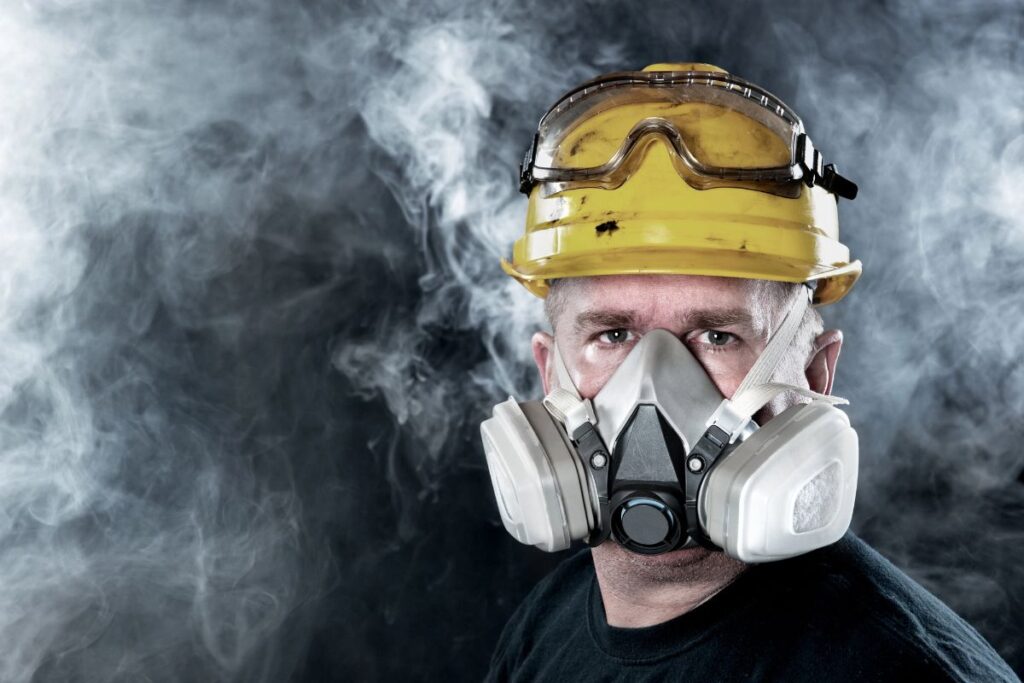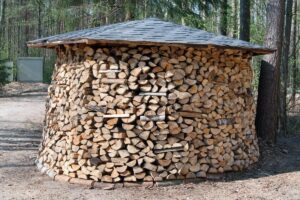Have you just had an indoor log burner installed? Before you get toasty in front of a warm fire, you need to make sure you purchase the right type of wood.
Some woods are toxic to burn and will quickly turn your cosy fireside experience into a smoky nightmare, filling the air with black, acrid fumes. Not only will it irritate your body in the moment, but can have serious long-term effects on your health. It’s also terrible for the environment.
In this article, we’ll discuss which type of wood is toxic to burn in the UK.
Wood from toxic trees/bushes/shrubs
If a tree is toxic, then the wood harvested from it will obviously be too! Toxic plants to avoid include:
- Yew
- Laburnum
- Oleander
- Elder
- Rhododendron
- Laurel
- Ones with vines/ivy
Green wood
Green wood is wood that has been recently harvested and hasn’t undergone any drying process yet (seasoning, kiln-drying).
When you try to burn wood that hasn’t been dried, it produces a thick tar-like substance called creosote. This blocks your chimneys/components of the wood burner creating a potential fire hazard, and is toxic to your health and the environment.
Mouldy/rotten wood
When you burn mouldy/rotten wood, the spores will release harmful substances into the atmosphere. It will be very smoky and smell bad too.
Driftwood
If you’re near the beach, you might be inclined to make the most of the driftwood you find – but please don’t! Most driftwood comes from the sea and contains chlorine. When this is burned, it produces harmful chemicals which are thought to contribute to illnesses like cancer.
Woods used in industry
You may feel you are doing your bit to avoid overconsumption by using wood already in circulation, but most woods used for industry purposes (wooden pallets, railway sleepers, old fencing and decking) are toxic to burn.
This is because they are generally treated with chemicals to lengthen their lifespans, and when burned, these produce toxic chemicals that are awful for your health and the environment.
Wooden furniture
Avoid burning wooden furniture. This includes solid wood and plywood/chipboard.
Wooden furniture is often coated in paint, varnish, and stuck together using adhesive – when burned, they release toxic smoke and fumes.
What wood should I burn instead?
We’ve done a guide on the best types of firewood to burn in the UK – these are non-toxic and categorised by their burn time, heat output, and their best uses.
It’s best to burn wood that has been specifically produced to be used as firewood, whether it be seasoned or kiln-dried logs.
If you live in Glasgow, Edinburgh, or other areas across the Central Belt of Scotland, Stewart Timber is here to cater to your firewood log needs. Please check out our online store and reach out if you have any questions about the best products to buy for your needs.




